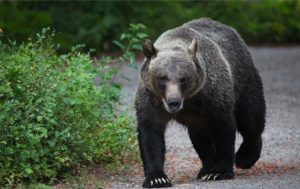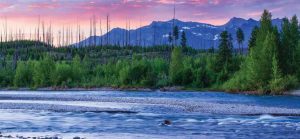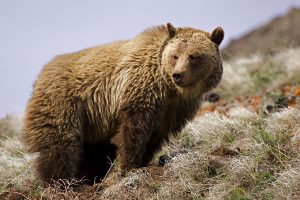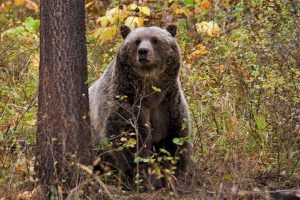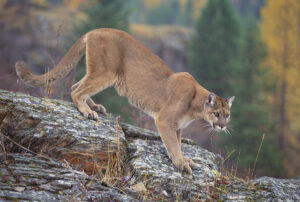NFPA Annual Meeting
July 27, 2024, at Sondreson Community Hall
Whale Creek Bridge & North Fork Road

For this year’s annual meeting we’ve invited John Fraley, a well-known local writer, to make a presentation on his recent book My Wilderness Life.
John has explored the three forks of the Flathead for more than 45 years. He served as a fisheries biologist for the state and is an avid wildlife enthusiast. He holds wildlife degrees, both from Montana universities. John has written five books about outdoor adventures in the backcountry. His latest book, My Wilderness Life, published in 2022, features special lore about the westslope cutthroat trout and other wilderness species. John’s wife, Dana, and his children Kevin, Heather, and Troy have accompanied John on many wilderness treks.
We would love for you to be among our honored guests.
5:30pm: Potluck supper
6:45pm: Short business meeting to elect officers and members of the Board of Directors and report on the work of NFPA
7:30pm: Speaker
We are excited to spend an evening with all of you, share with you what we’ve been up to, and look forward to a great presentation.
 The proposed National Old-Growth Amendment is making steady progress. It is designed to protect forests that are “…in late stages of stand development, as identified by tree size, canopy layers, large dead woody material, species composition, and ecosystem function.”
The proposed National Old-Growth Amendment is making steady progress. It is designed to protect forests that are “…in late stages of stand development, as identified by tree size, canopy layers, large dead woody material, species composition, and ecosystem function.”
